The last winter "pleased" drivers snowy and, respectively, treated with salt mixtures. But if you think that the spring and salt came can be forgotten, then you are deeply mistaken: everything that fell on your body, just now and starts doing your "reddy matter." And problems are waiting for those who leave the car in the yard at home and those who send a "swallow" to wintering in a warm parking and almost never goes in frosts, tut.by.
In winter, salt harms less than spring
Specialist of the Anti-Corrosion Processing Center Sergey Mukhlayev explained what to do with a car in the spring. But they immediately warn you: all these recommendations for those who want to keep the car body in good condition for a long time.
- Let's start with the councils to those who operate their car all year round. It is necessary to understand that in the winter salt fell everywhere - in all sinuses, technological holes, gaps. And she is delayed there for a long time. Sometimes even in the summer, at the sink, we find somewhere in the spars of salt crystals.
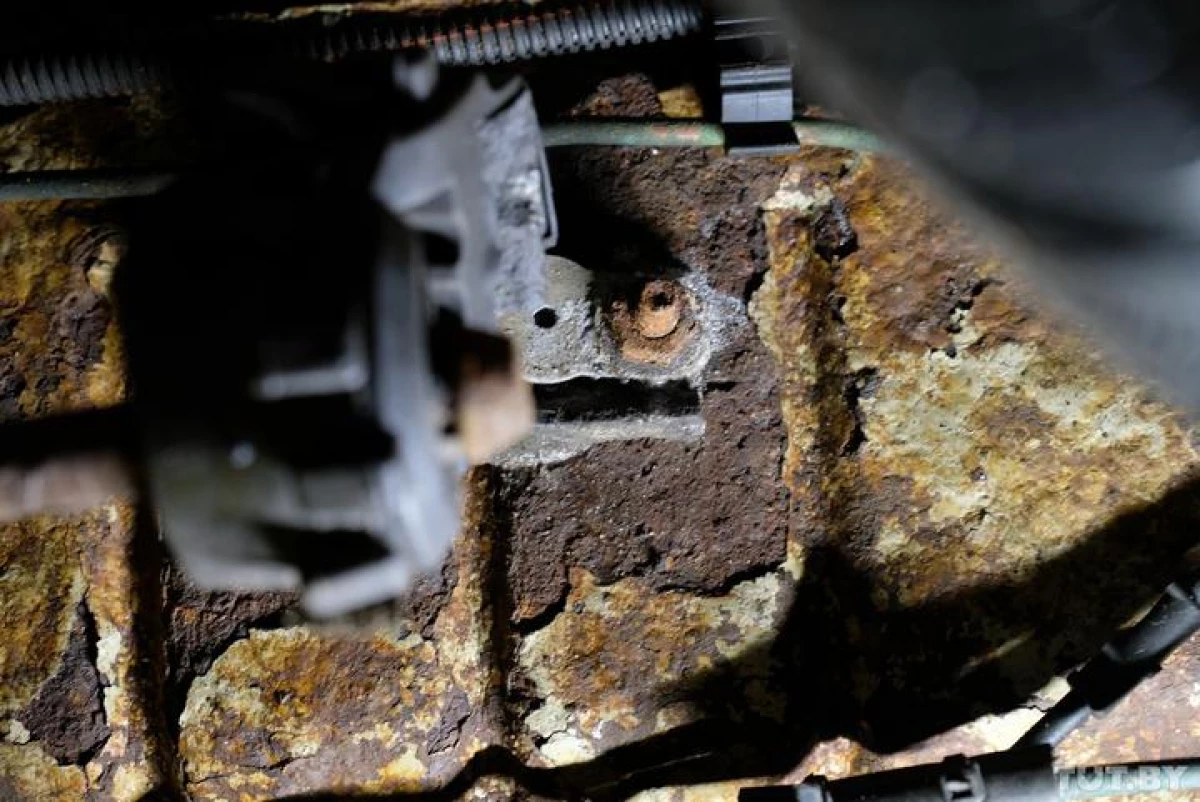
What does most drivers think? Winter ended, washed the car, and that's it. Further already spring, summer - no salts on the roads, you can ride. But since the salt remains in the hidden cavities, then it is spring that the most unpleasant for the body begins.
- Three factors are beginning to work at the same time - salt, heat and moisture. And they, combined together, most effectively destroy the car body. "Chapentaya" salt in winter harms than in the spring. That is, winter is a period of accumulation of salt, and already spring is the period of its work. Therefore, after winter, it is impossible to postpone a big car wash, "the specialist advises.
The usual wash can only cope with the surface layer of salt on the body. The bottom washing will also cope only with the most open areas. You can even rub the brush potentially dangerous places. But the purely physical impact will not remove to the end of the salt. This requires funds that at the chemical level destroy the salt.
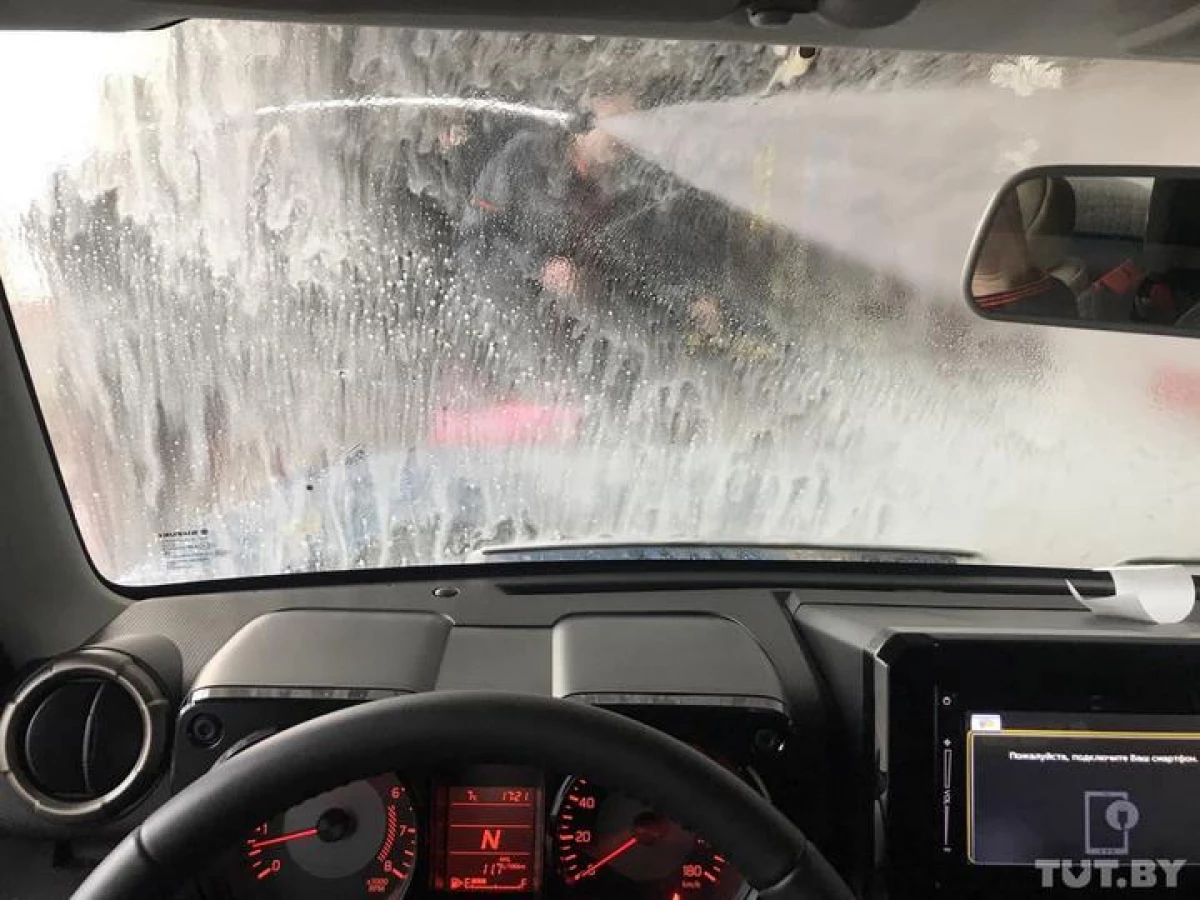
On a professional car wash, the car is raised, poured the bottom of foam with an anti-plant reagent and give it to stand for five minutes. Allocate all - fuel and brake tubes, handbrake cables, spars, all hidden cavities. Just the water from the sink of high pressure is completely salt.
- The same applies to washing outside. We have an example of a Russian dealer who carries cars from Japan on the open deck of the ship. After the arrival of the machine washes a good shampoo. But the salt still manifests itself. The fact is that the LCP car has a porous structure. And it absorbs all dirt and salt, as if absorbs. Therefore, it is important to wash the car not only under the bottom, but also from the outside the same antisole composition. Salt can penetrate the microcracks of the LCP, then the swelling and internal corrosion.
If you do everything "for yourself," the three-phase sink is used. At the first stage, large dirt is knocked down and washed off. At this stage, only contactless washing is used. Further special chemistry is washed off by the road raid - bitumen, salt. The sponge is not used. And the third stage is already a porous sponge, manually and with shampoo the body is finally washed. And then you can already use protective compounds for LCP - solid waxes, liquid, ceramic coatings. It all depends on the desire and finance - the choice is now huge.
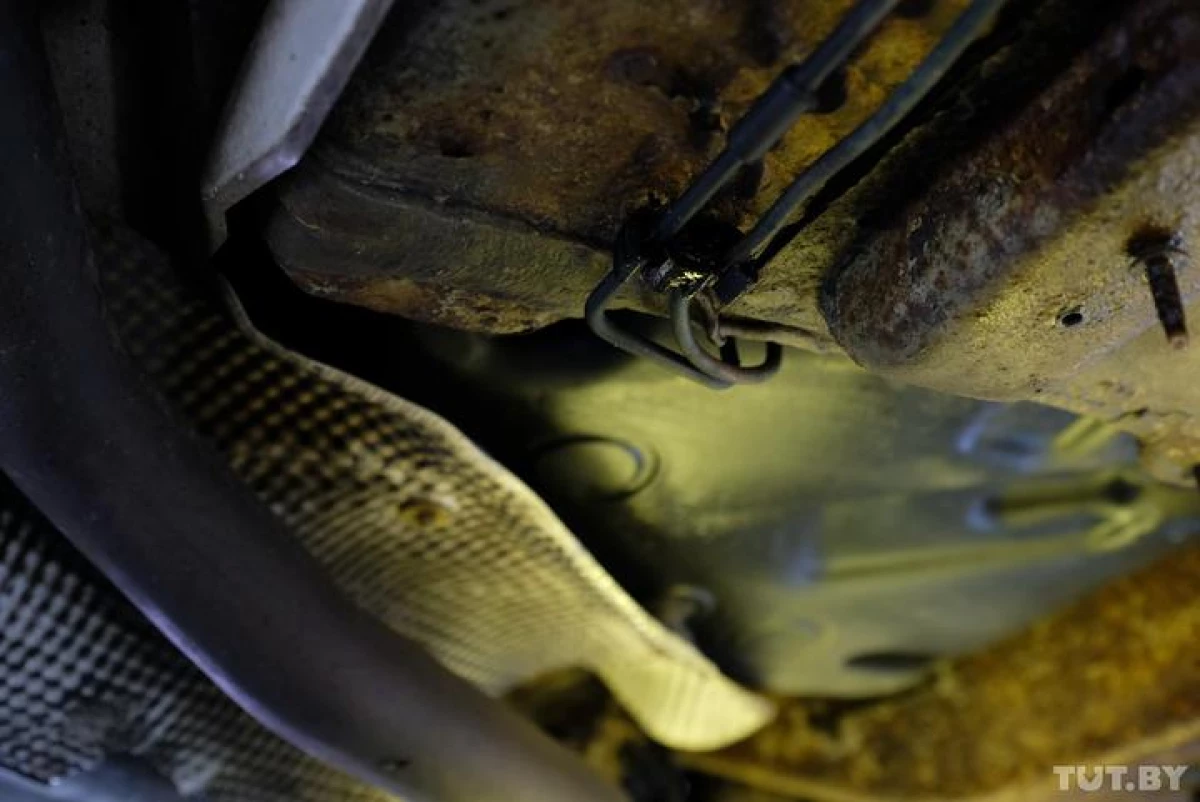
- This is an alphabet of car care, if the goal is worth keeping it in as good condition as possible and on as long as possible. And in order to finally close all the questions, anti-corrosion processing is carried out. If the car is new and so far without corrosion foci, it will optimally use a mastic "anticorrosive": it is thick, it is well covered and protects all elements from salt penetration and moisture. We at the station are used penetrating liquid compositions. They are recommended to be used on machines with already emerged corrosion foci.
Active compositions seek existing corrosion and suspend its further development. Of course, no technology can completely stop the corrosion process, but can slow it down much. But to achieve the effect, active anti-corrosion compounds should be updated once a year.
- I will tell you a funny fact. The antisol tool, which can be bought in a small container and independently process the car, use in shoe workshops. It turns out that the composition is perfectly blends salt with leather shoes, "Sergey Mukhlayev said.
In a warm parking, the car, the salt, rotes faster
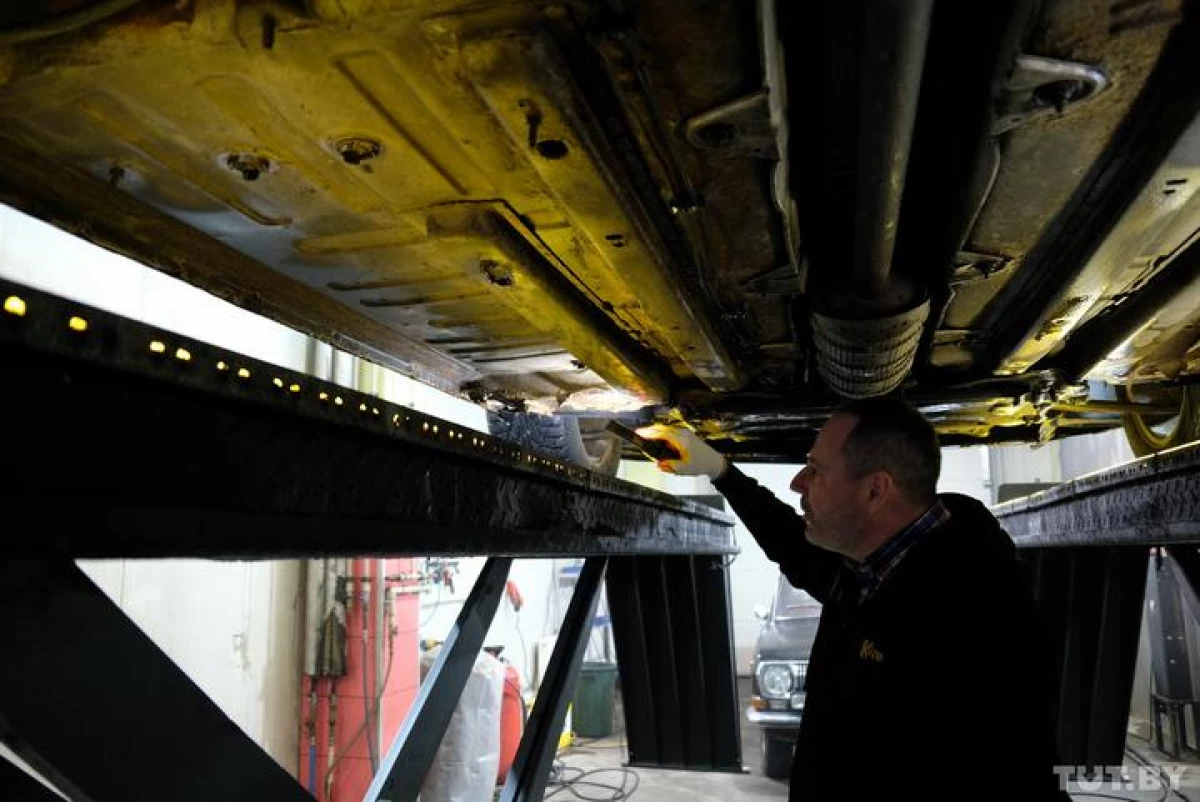
- Many drivers think that indoor parking solves the problem with the storage of the car during the winter. But it is not. I have two examples. I recently needed to deliver the old Volga somewhere, purchased under the project in good condition. I was asked to a familiar to underground parking. He agreed, while himself kept his car exclusively on the street. It turned out to be in the underground parking just unbearable dampness. Some water drips from the ceiling to the floor, on the car. And winter parking is especially dangerous. Imagine: the car traveled along the roads, "scored" salts, then comes to relatively warm and wet underground parking. And the car in such conditions begins to rot with twice speed.
The specialist says that even if the car simply stands on such a parking and is not operated in winter, then dampness and heat provoke serious problems with the body. After a long parking lot in such conditions, the spring you need to be inspected.
- If the car did not go throughout the winter, and stood in warm and wet parking, she also needs to spend an audit in the spring. See not only body, but also check all pipes and hoses, rubber connections. We are faced with the fact that we are sometimes more complicated by the whole winter, the car is sometimes more difficult than the one that went. A familiar master from the inspection station said that now cars went to them, which for a long time were standing somewhere. The master says everything is so bad that next year the inspection has nothing to come on. At the same time, the owners make round eyes and say: "So I didn't go to her in the winter!"
Why in spring "buggy" electrician?
What other problems can face the car owner in the spring? The specialist says that they can arise "glitches" in the electrics.
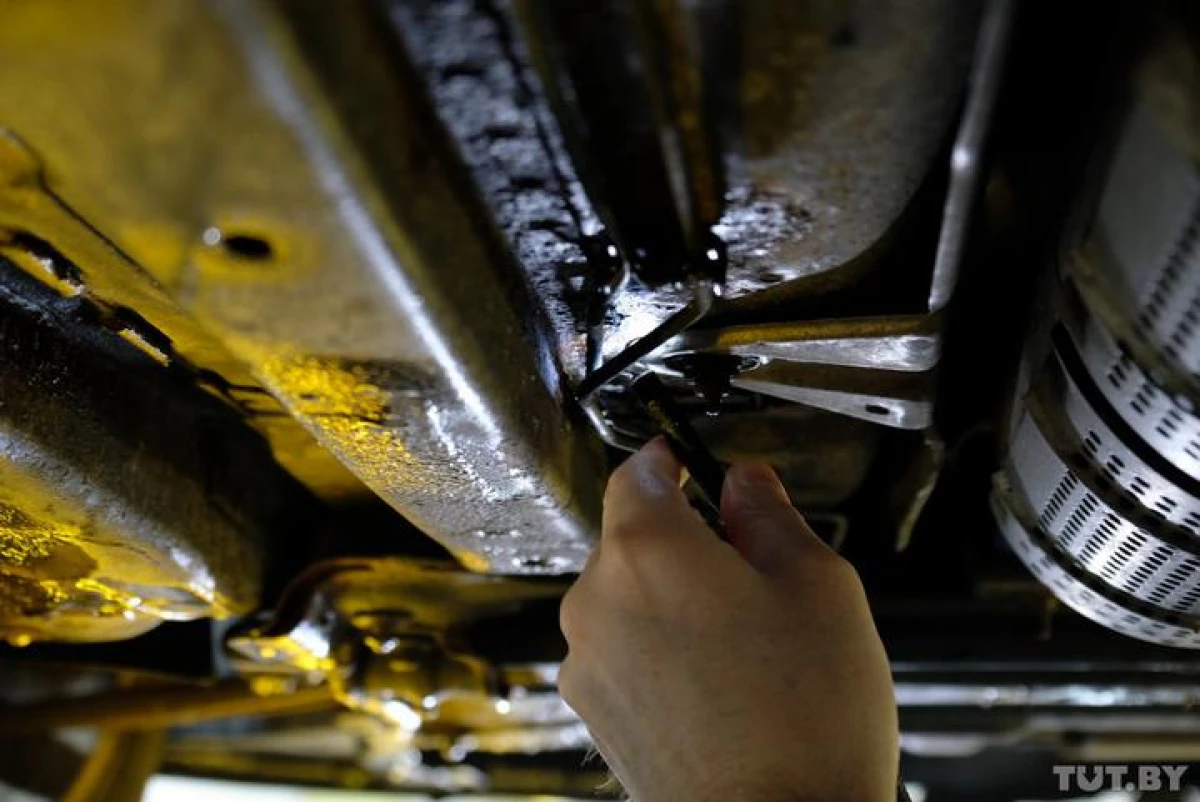
- Wires, connectors, contacts suffer from temperature drops as well as the body. Connectors must be protected from corrosion. For example, treat special means that displaces moisture and remove corrosion. But it is important that the remedy left the protective layer. Otherwise, the moisture will appear there again, and very quickly. And, of course, you need to conduct a revision of the brake and fuel tubes. In a good way, it should be done in general every year. Tut.BY.
